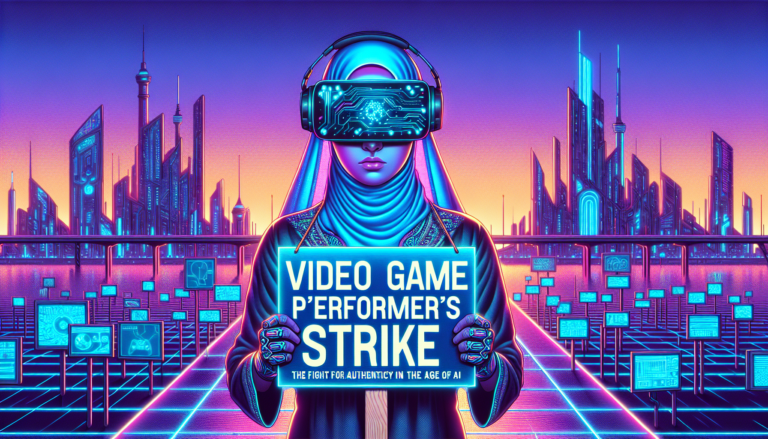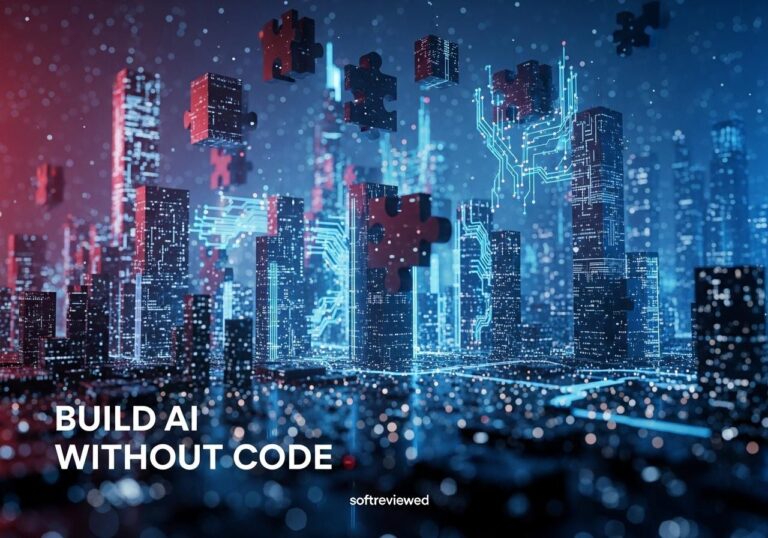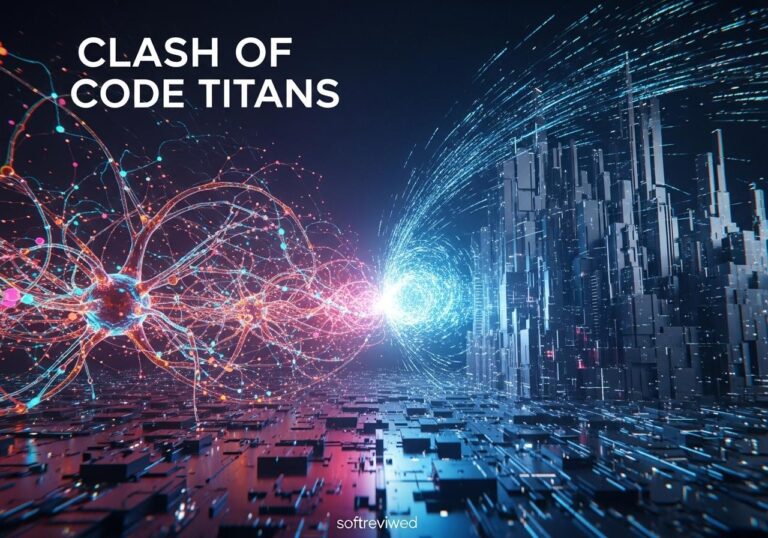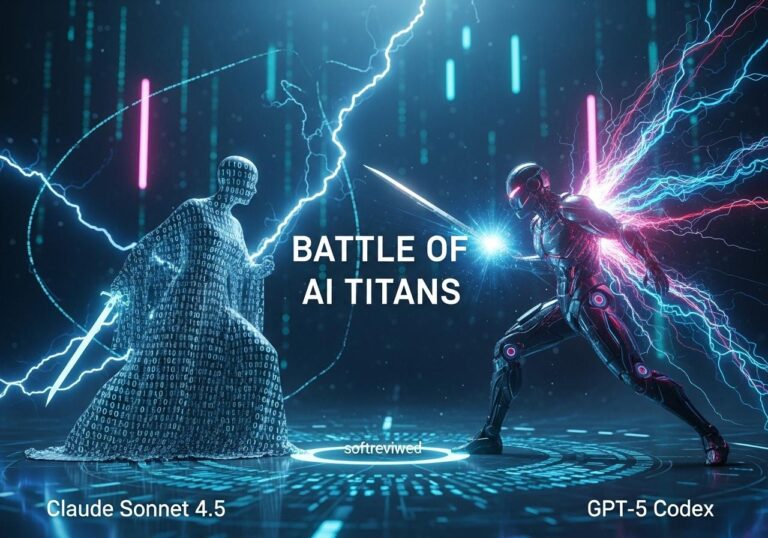🎮 Strike Over AI Concerns
Video game performers represented by SAG-AFTRA go on strike over AI protections after nearly two years of negotiations collapse.
🌍 Global Video Game Industry Revenue
The global video game sector generates over $100 billion in annual profits.
👥 Protected Roles
The video game agreement covers 2,500+ individuals, including off-camera voice performers, on-camera motion capture, stunt coordinators, singers, dancers, puppeteers, and background performers.
🎭 Previous Strikes and Contract
The strike is the second for SAG-AFTRA’s video game performers, following an 11-month strike in 2016 that secured bonus compensation for voice and performance artists.
🤖 Independent Contract with AI Protections
SAG-AFTRA developed a separate contract in February for indie and lower-budget video game projects, featuring AI protections rejected by major gaming companies.
📢 Union Demands
Performers seeking fair AI regulations, equal protection against AI risks, and informed consent and fair compensation for AI-generated digital likenesses and performances.
The Battle Between AI and Artistry in Video Games
The video game industry is facing a significant upheaval as performers announce a strike over artificial intelligence (AI) concerns. This unprecedented move has sent shockwaves through the gaming world, highlighting the growing tension between technological advancement and artistic integrity. Let’s explore the reasons behind this strike, its potential impact, and what it means for the future of video game development.
Why Are Video Game Performers Striking?
The Screen Actors Guild-American Federation of Television and Radio Artists (SAG-AFTRA) has called for a strike starting July 26, 2024, at 12:01 a.m. The primary reason? Concerns over the use of generative AI in video game production. Here’s a breakdown of the key issues:
- AI Replication: Performers fear that their performances could be replicated by AI without their consent or fair compensation.
- Contract Disputes: The interactive media agreement expired in November 2022, and negotiations for a new contract have stalled.
- Job Security: There’s a growing concern that AI could eventually replace human performers, leading to significant job losses.
- Lack of Regulations: The absence of clear AI guidelines puts performers at risk of losing control over their work and rights.
The Scale of the Video Game Industry

To understand the potential impact of this strike, it’s crucial to grasp the sheer size of the video game industry:
- According to game market forecaster Newzoo, the global video game industry generates over $100 billion in profit annually.
- This massive market size underscores the importance of the ongoing negotiations and the potential ripple effects of the strike.
Performer Protections and AI Regulations
The union emphasizes that AI regulations are crucial to safeguarding the rights of performers. Some key points include:
- Consent and Compensation: Performers want control over how their likenesses and performances are used in AI-generated content.
- Fair Pay: There’s a demand for appropriate compensation when AI uses or replicates a performer’s work.
- Transparency: Performers are calling for clear guidelines on how AI is used in the production process.
Industry Impact and Potential Disruptions
The strike could have far-reaching consequences for the video game industry:
- Production Delays: Game development timelines may be significantly extended.
- Economic Impact: The $100 billion industry could face substantial financial losses.
- Quality Concerns: Without professional performers, the quality of voice acting and motion capture in games might suffer.
The AI Debate: Pros and Cons
The use of AI in video game production is a double-edged sword. Let’s examine both sides of the argument: On one hand, AI can speed up the development process by automating tasks such as level design or character behaviors, freeing up human designers to focus on creativity and storytelling. The integration of AI image generation in real time further enhances the gaming experience by creating dynamic and adaptive visuals that respond instantly to player actions. On the other hand, heavy reliance on AI may reduce the uniqueness and personal touch that comes from human artistry, potentially leading to games that feel more formulaic or lacking in depth.
Potential Benefits of AI in Gaming
- Efficiency: AI can streamline certain aspects of game development.
- Cost Reduction: In some cases, AI could lower production costs.
- Innovation: AI has the potential to create new gaming experiences and technologies.
Concerns About AI in Gaming
- Job Displacement: There’s a real fear that AI could replace human performers.
- Artistic Integrity: Some argue that AI-generated performances lack the nuance and emotion of human actors.
- Ethical Considerations: The use of AI raises questions about ownership, consent, and fair compensation.
Industry Expert Opinions
Let’s hear from some key figures in this debate:
“We strike as a matter of last resort. We have given this process absolutely as much time as we responsibly can,” says Ray Rodriguez, SAG-AFTRA Chief Contracts Officer.
This statement underscores the seriousness of the situation and the union’s commitment to finding a resolution.
The Heart of the Controversy: Defining ‘Performer’
One of the major sticking points in the negotiations is the definition of who constitutes a ‘performer’ under the collective bargaining agreement. This seemingly simple question has significant implications:
- Traditional Performers: Actors, voice artists, and motion capture performers are clearly included.
- AI-Generated Content: The status of AI-generated or AI-enhanced performances is less clear.
- Hybrid Performances: There’s debate over how to categorize performances that blend human and AI elements.
The Road Ahead: Potential Outcomes and Solutions
As the strike unfolds, several potential scenarios could play out:
- Quick Resolution: The studios could agree to the union’s terms, leading to a swift end to the strike.
- Prolonged Negotiations: The strike could continue for an extended period, causing significant disruptions to game production.
- Compromise Solution: Both sides might reach a middle ground, establishing new guidelines for AI use in gaming.
- Regulatory Intervention: Government bodies could step in to establish industry-wide AI regulations.
What This Means for Gamers
If you’re a gaming enthusiast, you might be wondering how this strike could affect you. Here are some potential impacts:
- Game Delays: Highly anticipated titles might face postponements.
- Changes in Voice Acting: You may notice differences in the quality or consistency of voice performances in future games.
- Increased Prices: If production costs rise due to new AI regulations, game prices could potentially increase.
The Bigger Picture: AI and the Entertainment Industry
The video game performers’ strike is part of a larger conversation about AI’s role in entertainment:
- Film and Television: Similar concerns have been raised in the film and TV industries.
- Music Industry: AI-generated music is already causing debates about artistry and copyright.
- Literature: AI writing tools are raising questions about the future of authorship.
Preparing for an AI-Integrated Future
Regardless of the strike’s outcome, it’s clear that AI will play an increasingly significant role in video game development. Here’s how different stakeholders can prepare:
For Performers
- Stay informed about AI technologies and their potential applications in gaming.
- Advocate for clear guidelines and protections in contracts.
- Consider diversifying skills to remain competitive in an AI-integrated industry.
For Game Developers
- Explore ethical ways to incorporate AI into the development process.
- Prioritize transparency in how AI is used in game production.
- Collaborate with performers to find mutually beneficial solutions.
For Gamers
- Stay informed about the use of AI in your favorite games.
- Support initiatives that promote fair treatment of performers.
- Provide feedback to game companies about your preferences regarding AI-generated content.
The Importance of Balanced Progress
As we navigate this complex issue, it’s crucial to find a balance between technological advancement and the protection of human artistry. The video game industry has always been at the forefront of innovation, but it’s equally important to value the irreplaceable contributions of human performers.
Frequently Asked Questions
What triggered the video game performers’ strike?
The strike was triggered by concerns over the use of generative AI in video game production, particularly the potential for AI to replicate performers’ work without proper consent or compensation.
How long is the strike expected to last?
The duration of the strike is uncertain and depends on the progress of negotiations between SAG-AFTRA and the game studios.
Will this strike affect games currently in development?
Yes, the strike could potentially delay the production of games currently in development, especially those that require voice acting or motion capture performances.
What are the main demands of the striking performers?
The main demands include:
- Clear regulations on the use of AI in game production
- Fair compensation for AI-replicated performances
- Protection against job displacement by AI
- Transparency in how AI is used in the development process
How might this strike impact the future of AI in video games?
This strike could lead to new industry standards and regulations for AI use in video game production, potentially shaping how AI is integrated into future game development processes.
Conclusion: A Turning Point for the Gaming Industry
The video game performers’ strike over AI concerns marks a critical moment in the evolution of the gaming industry. As technology continues to advance, finding a balance between innovation and the protection of human artistry will be crucial. This strike could set important precedents not just for the gaming world, but for the entire entertainment industry.
As gamers, developers, and industry observers, we all have a stake in the outcome of this debate. By staying informed and engaged, we can help shape a future where technology enhances rather than replaces human creativity in video games.
What are your thoughts on the use of AI in video game production? How do you think this strike will impact the games you love? Share your opinions and join the conversation about the future of gaming in the AI era.
Growth and Impact of AI in the Gaming Industry (2023-2028)
This chart illustrates the growth rate, profit potential, and AI adoption in the gaming industry.







